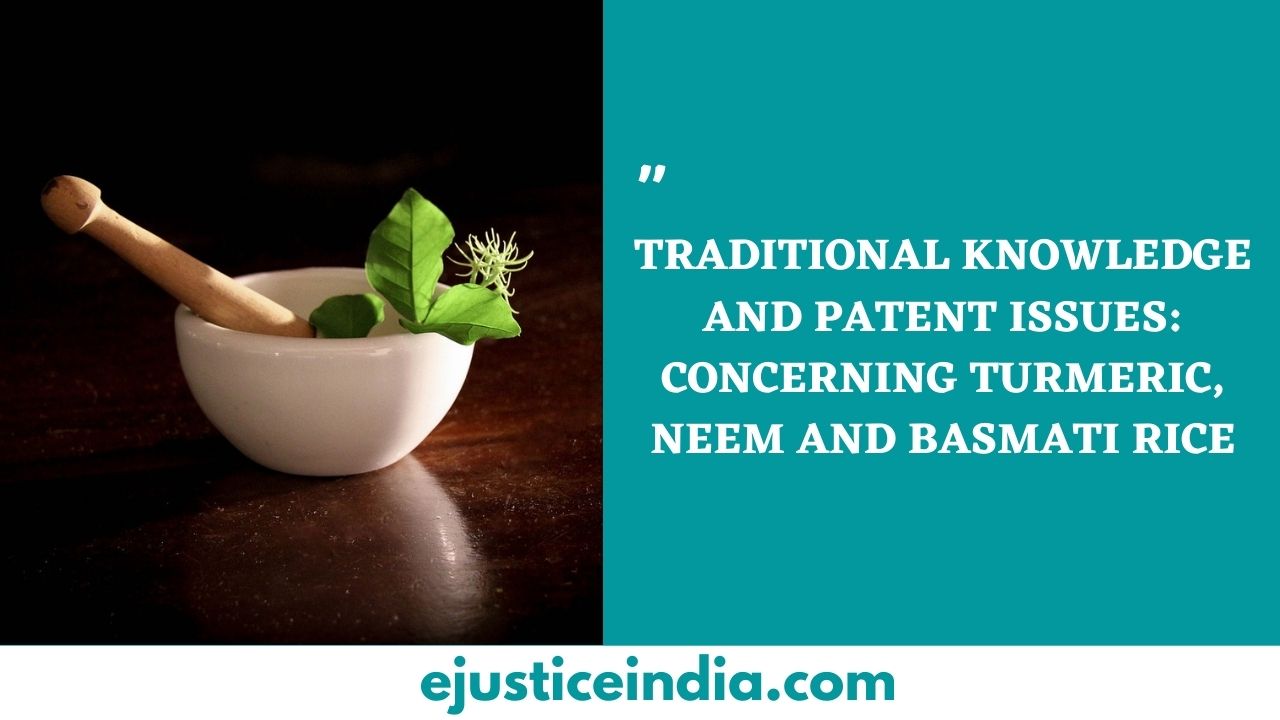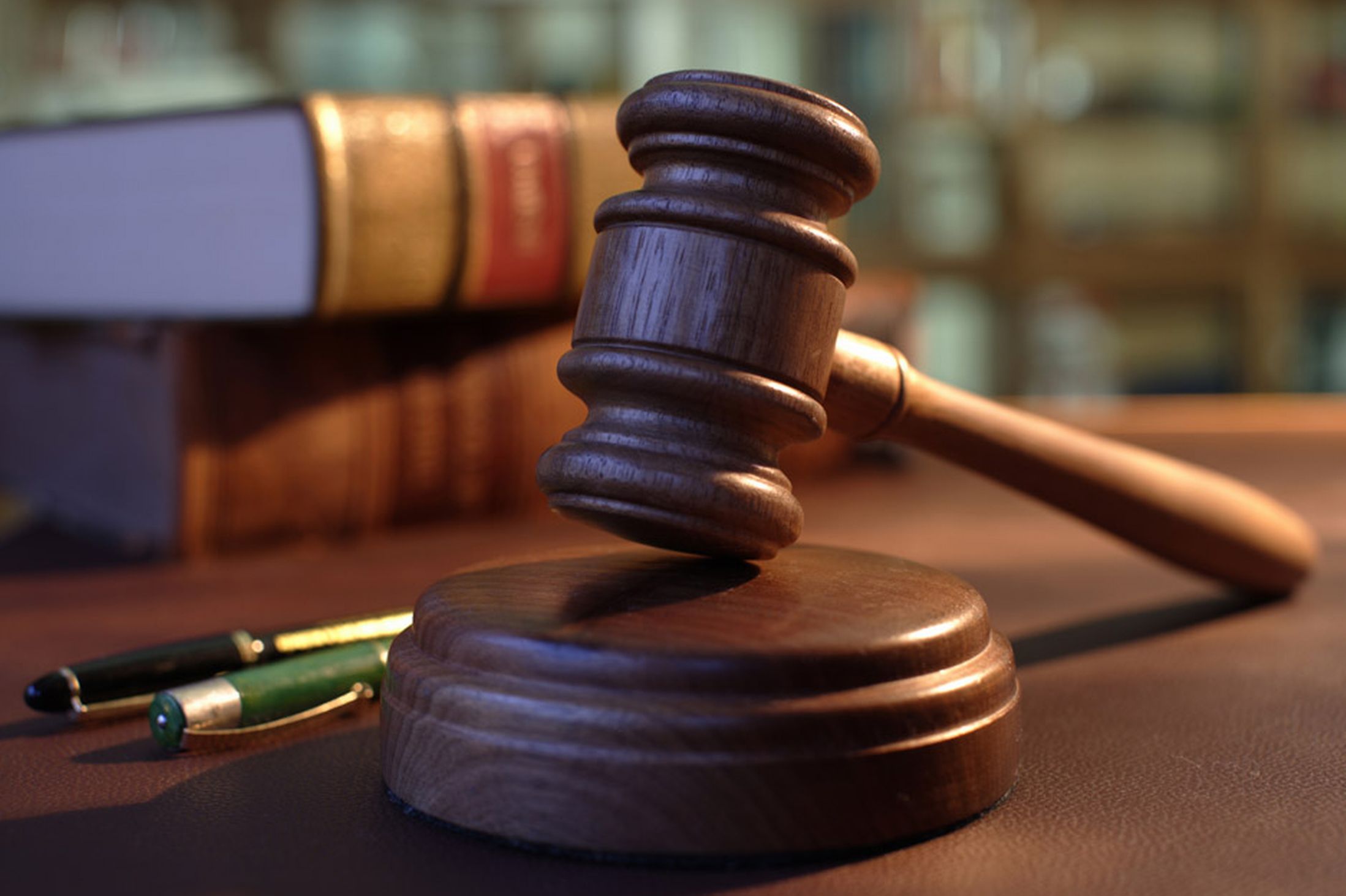Drug Abuse and Crimes: Can the Society Break this Connection with the Help of Laws
Author :- Anugra Anna Shaju
Drug Abuse and its Consequences:
Drug abuse, especially among adolescents is a major area of concern in today’s society given its effect on the physical, psychological, moral, and intellectual growth of the youth. There are over 190 million drug users around the world and the problem has been increasing at alarming rates.
Drug abuse happens when an individual uses legal or illegal substances in improper ways for example, by taking overdoses or taking prescriptions given to another person. That is, drug abuse need not always be about heroin, cocaine or other illegal drugs. One can abuse and get addicted to prescription medicines, nicotine, caffeine, sedatives, opioid painkillers and cough syrups, and even inhalants like glue, paint thinners and spray paints.
Initially such actions might make the individual feel good, relieve stress or escape reality. Gradually the person becomes addicted and would become unable to resist the urge to take the drug however damaging it may be or to function without the help of the drug. Addicted people show tolerance and withdrawal symptoms. Tolerance means that the person has to use more and more of a substance to get the same effect. Withdrawal refers to physical symptoms that occur when a person stops or cuts down on the use of a drug.
Drugs affect the brain and its functions like judgment, decision-making, memory and ability to learn. It also affects behavior leading to damaging and self-destructive behaviors. People who regularly use drugs damage their family and social relationships, do poorly at work and create physical hazards. Drug abuse by an individual can affect psychological wellbeing of family member, especially children and make them more prone to substance-abuse disorders. It produces huge costs for the society and the individual in terms of loss of productivity, increase in social disorder and crimes, transmission of infectious diseases and long-term health hazards. The intake of drugs like heroin through the IV route increases the incidence of disease like HIV, hepatitis B and C, thus burdening the health-care system. People who use drugs are more likely to cause accidents and commit suicides. They also face financial problems and legal issues.
Correlation of Drug Abuse and Crime:
There exists a close relation between drug abuse and crime. Use of drugs affects a person’s brain and behavior; most people are usually under the influence of the drug while committing crimes. There are increased chances of committing domestic violence or suicide under the influence of drugs. Drug abusers commit crimes to pay for their drugs. For example, heroin is a costly drug and the increase in its use has resulted in rise of economic crimes such as snatching, robbery, and theft. Also drug users are not hired for works and jobs which force them to take up crimes and illegal activities like smuggling, prostitution and drug trafficking to meet their needs. Drug trafficking, its illegal production and distribution have also contributed to crime and violence worldwide. Drug abuse among teenagers and adolescents has resulted in an increase in delinquency.
Post arrest criminals and offenders are not given adequate or proper treatment. This results in them relapsing to drug abuse and continuing criminal activities. Treatment is the most effective way to reduce drug abuse and thus criminal activities.
Drug Abuse in India:
India is also prey to the use of drugs and effects of drug abuse and addiction. Cannabis, methamphetamine, heroin, opium and hashish are the most commonly used drugs in India.
The problem in India is that most people do not get treatment services, only one among four persons has ever received any treatment and only one in 20 persons with report getting in-patient treatment according to a survey conducted in 2019.
Given the increase in the rates of injecting drug users in India, the government has now come up with maintenance therapy and needle exchange programs which involve providing new needles and syringes to injecting drug users and collecting old, used needles and syringes. The government has also set up a helpline number to help drug abusers. However, these programs are inadequate to overcome the drug problem in the country.
The state of Punjab has a severe drug problem especially among the youth. It was a main issue of campaign in the 2017 assembly elections in the state. Agriculture, the main source of income is stagnating and there are no industries in the state leaving the youth unemployed. Along with unemployment, there is cheap and easy access to drugs due to the location of Pakistan and its close proximity with Afghanistan and Pakistan making drug usage a widespread problem among the youth.
Now curfews and lockdowns due to the pandemic have reduced the supply of drugs in Punjab forcing drug addicts to join government-run de-addiction programs and opioid assisted treatment (OOAT) centers across Punjab
Laws against Drug Abuse in India:
India has taken up various laws, conventions and treaties to curb drugs and its trafficking both at the national and international levels.
To fight this menace at the global level, India has so far signed 26 bilateral agreements, 15 MoUs and 2 security pacts with other countries. Also India is party to a number of treaties and conventions like 1961 U.N. Convention on Narcotic Drugs, 1971 U.N. Convention on Psychotropic Substances, 1988 U.N. Convention against Illicit Traffic in Narcotic Drugs and Psychotropic Substances, 2000 Transnational Crime Convention.
The Narcotic Drugs and Psychotropic Substances Act, 1985 is the main law in India to control drugs and drug trafficking in the country. The Prevention of Illicit Trafficking in Narcotic Drugs and Psychotropic Substances Act, 1988 was established for the full implementation of the Narcotic Drugs and Psychotropic Substances Act, 1985. The NDPS lays down procedures for search, seizure and arrest of persons in public and private places and also contains provisions to regulate drugs. Punishments are given on the basis of the quantity of drugs involved that is, small, intermediate or commercial. Small quantity attracts punishment of maximum 1 year rigorous imprisonment or a fine up to Rs 10,000 or both and intermediate quantity attracts punishment of rigorous imprisonment that may extend to 10 years and fine that may extend to Rs 1 lakh while for commercial quantity, the punishment is rigorous imprisonment from 10 years to 20 years and a fine from Rs 1 lakh to 2 lakhs. However, a person arrested for minor offences like consumption and those involving small quantity is entitled to bail. The act used to give death penalty for certain repeat crimes involving a large quantity of drugs. Later, through the 2014 amendment death penalty under Section 31A of NDPS Act was incorporated with an alternative of imprisonment for 30 years under Section 31 of NDPS Act.
With respect to treatment the NDPS act allows governments and organizations to allocate funds (National Fund) and set up treatment centers. Courts can also divert people in small quantity offences to treatment.
Solution:
Laws and policies should aim at reducing drug abuse cases and addictions in the country by providing proper treatment services rather than subjecting offenders to the criminal justice system. Priority should be given to the health and welfare of the people rather than giving stringent punishments as the NDPS has shown to be fruitless in the fight against drugs.
Therefore, access to treatment services for people affected by drug abuse disorders should be given priority. The number of treatment centers in the country is grossly inadequate. Government should plan to increase the number of de-addiction and rehabilitation centers at the national level based on the magnitude of the problem and prioritization among states. Enhancing treatment centers and ensuring that they have all the necessary components like trained human resources, infrastructure, medicines and supplies and a system of monitoring and mentoring is important. Drug abuse treatment should be incorporated into criminal justice settings through treatment in prison followed by community-based treatment after release for all offenders. Now only people arrested in low-level drug offences are remanded to treatment centers and among them due to long trial periods, most people is set of against the period the person has already spent in prison. Government intervention in the functioning of unauthorized de-addiction centers is necessary as there has been varies cases where patients were subjected to violence, brutality and a host of other human rights violations in such centers. The government should look into the treatment programs used and make sure that they have minimum quality standards, are scientifically proven to be effective and does not violate the human rights of patients. The government should also ensure that those who use drugs for medical purposes are not affected while ensuring that they are not used illicitly.
Awareness and anti-drug abuse programs should be done regularly in societies and in school. Programs in schools should focus on handling peer pressure and stress. Life skills development and vocational training programs should also be included to ensure that young people stay healthy, realize their potential and become productive members of the society. Non-government organizations and non-profit organizations should be involved to initiate vocational training and other employment programs for unemployed addicts. Overall, a coordinated, multi-level response is required to uplift and increase the treatment programs in the country.
A drug free country is necessary to decrease crimes in society, increase productive behavior and wellbeing of all the people of the country.


